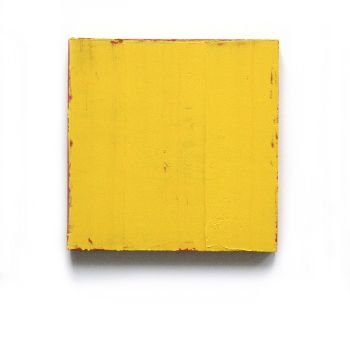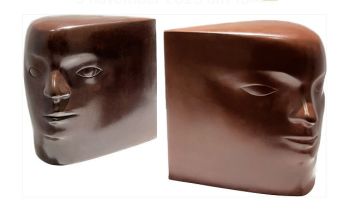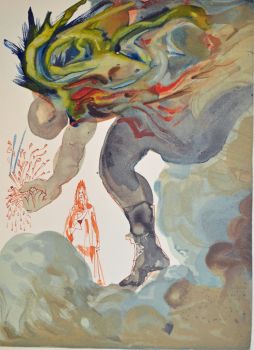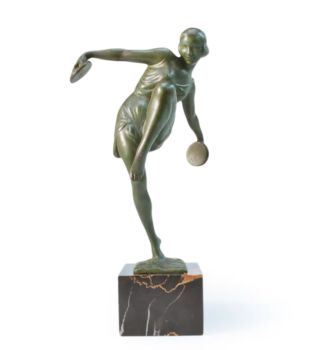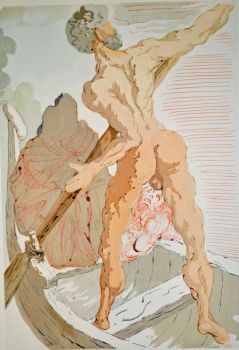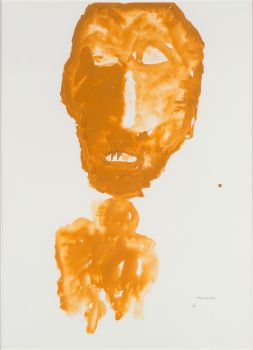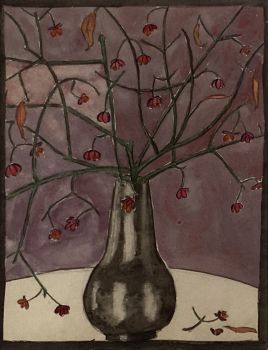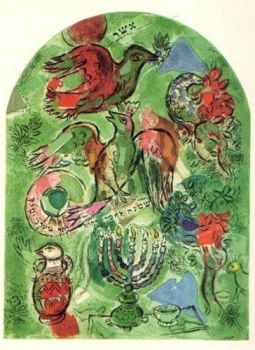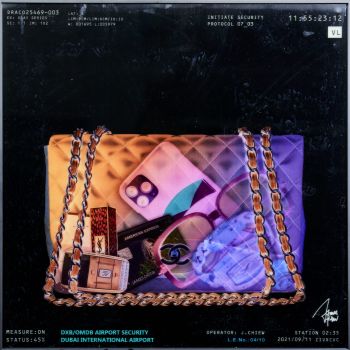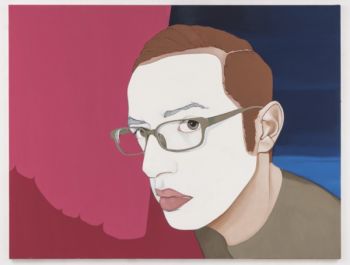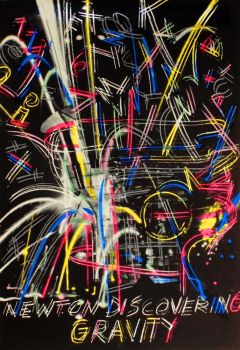Untitled 1968
Al Held
Print
98 ⨯ 76 cm
Price on request
Hans den Hollander Prints
- About the artworkmedium: Serigraph/silkscreen
edition size: 150
signature: on reverse in pencil - About the artist
Born in Brooklyn in 1928 to Polish immigrants, Al Held claims to have been expelled from high school in the Bronx in 1944. After serving in the U.S. Navy from 1945 to 1947, Held associated with members of the activist group Folksay who viewed art as a forceful medium for political and social protest. Held had also cultivated an interest in visual art, primarily through film, and enrolled in classes at the Arts Students League in 1948 on a stipend from the G.I. Bill.
Held’s radical convictions were nurtured by his father’s Marxist beliefs and regular household political discussions. His earliest work was entirely figurative and shows the influence of Social Realism. Held had planned to study in Mexico with the renowned muralist David Alfaro Siqueiros, whose works’ monumental scale and expressive political content inspired him, but was unable to attend after the school lost its G.I. accreditation. Held opted to study instead at the Académie de la grande chaumière in Paris. Before leaving for France, Held was impressed by Jackson Pollock’s paintings in New York, but it was not until he arrived in Paris that he completely abandoned figuration.
In Paris Held took classes with the sculptor Ossip Zadkine at the academy and became part of the American expatriate circle that included artists Sam Francis, Ellsworth Kelly, Joan Mitchell, Haywood “Bill” Rivers, and George Sugarman, among others. Held received his first solo exhibition of small abstract works in Paris at the artist-run Galerie Huit in 1952. On his return to New York, Held quickly entered the orbit of Abstract Expressionist painters, particularly Franz Kline and Mark Rothko who mentored the younger Held. His post-Paris paintings of the 1950s were heavily impastoed, tactile canvases that retain the expressive gesture of Abstract Expressionism. He received his first New York solo exhibition at the Poindexter Gallery in 1959.
Held is considered a prominent figure among second-generation Abstract Expressionists, but his persistent exploration of illusionistic potential within abstraction and theoretical attitudes consistently defied many of the labels of post–Abstract Expressionist movements. In the early 1960s, Held’s paintings moved toward a growing sense of overall clarity and concreteness. Because of their sharpened contours, increasingly geometric forms, and gradually enlarged scale, he was associated with practitioners of Hard-edge painting such as Kelly and Frank Stella. However, Held remained distinct for his bold rejection of critic Clement Greenberg’s modernist doctrine, particularly its insistence on flatness. In 1967, Held became tired of the reductive geometric quality and flatness of his work and strove to incorporate space and volume into his canvases. His paintings of 1967–68 were exclusively black and white; after this point he began to explore the three dimensionality of the canvas by punching holes in it and structuring his compositions using vanishing points. After 1978, he began to experiment with vibrant colors in his illusionistic geometric compositions. Despite the shifts in Held’s evolving logic to reconcile ordered abstraction and illusionism, the dimensions of his canvases remained a constant throughout his career. Held’s persistent drive for architectural scale also found expression in several noteworthy murals, the first of which, I and We (1967), was commissioned for Walter Gropius’s Tower East in Cleveland. In 2005 Held completed a mural for the New York City Subway system; he died later that year at his home in Todi, Italy.
Held was an associate professor of art, Yale University, New Haven, from 1962 to 1980. He received numerous awards and grants, including the Frank G. Logan Medal from the Art Institute of Chicago (1964), John Simon Guggenheim Memorial Foundation Fellowship in painting (1966), and a six-month residency at the American Academy in Rome (1981). In 1984 Held was elected to the American Academy of Arts and Letters.
Although Held’s committed search for an alternative to the reductivist logic that evolved out of Abstract Expressionism did not gain him immediate acceptance in the 1950s art world, his work was presented in many significant group exhibitions in the 1960s at the Guggenheim Museum (1961, 1966); Jewish Museum, New York (1963); Los Angeles County Museum of Art (1964); Museum of Modern Art, New York (1964); and Documenta, Kassel, West Germany (1968), among other venues. Notable solo exhibitions include those at the Stedelijk Museum, Amsterdam (1966); traveling exhibitions at the San Francisco Museum of Art (now San Francisco Museum of Modern Art) and the Corcoran Gallery of Art, Washington, D.C. (1968) as well as at the Institute of Contemporary Art, Philadelphia, and Contemporary Arts Museum, Houston (1968); Whitney Museum of American Art, New York (1974); Institute of Contemporary Art, Boston (1978); FIAC Foire internationale d’art contemporain, Grand Palais, Paris, with André Emmerich Gallery (1981); and P.S. 1 Contemporary Art Center (now MoMA PS1), New York (2002).
Are you interested in buying this artwork?
Artwork details
Related artworks
- 1 - 4 / 24
- 1 - 4 / 24
- 1 - 4 / 24
- 1 - 4 / 12





